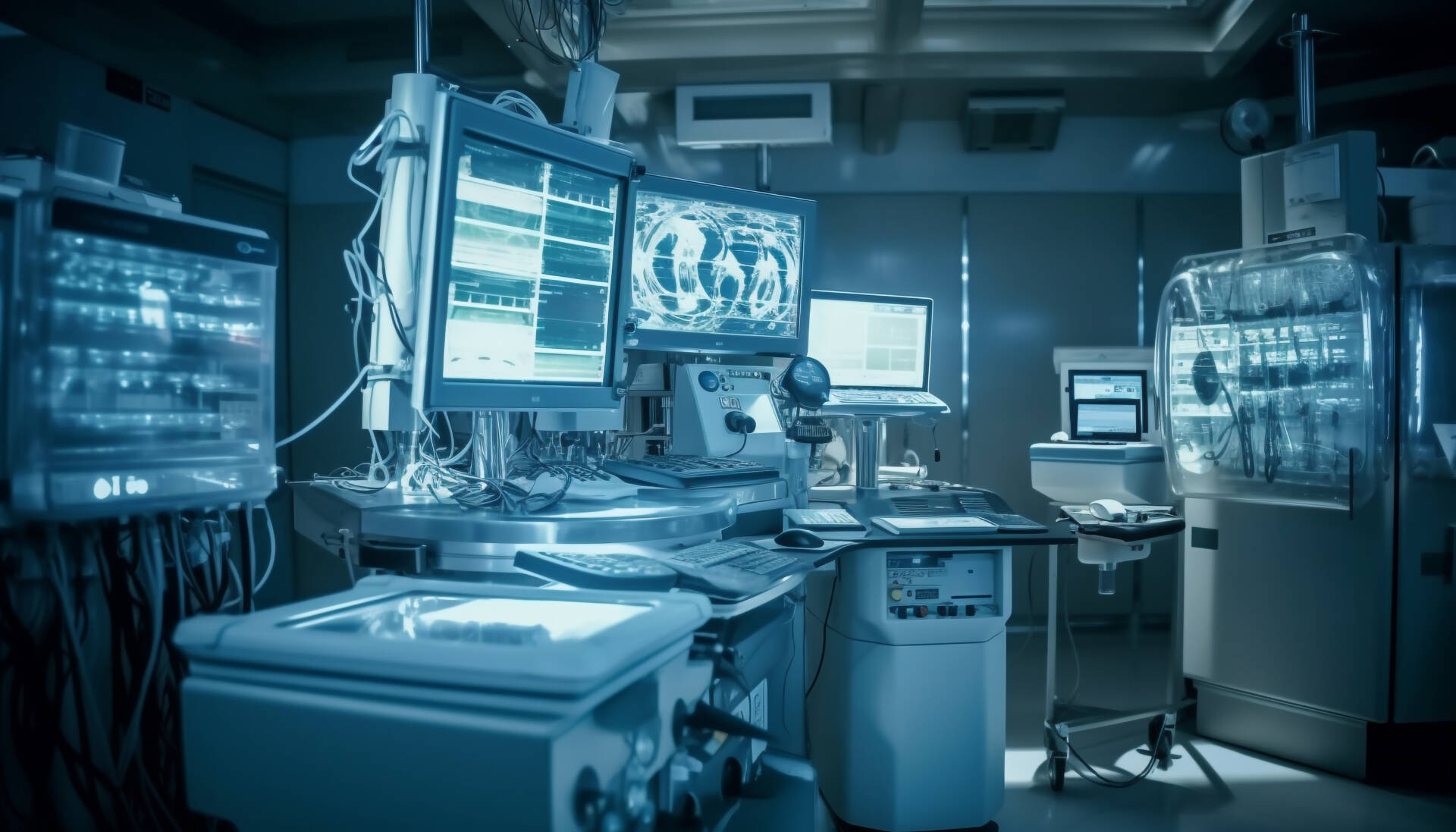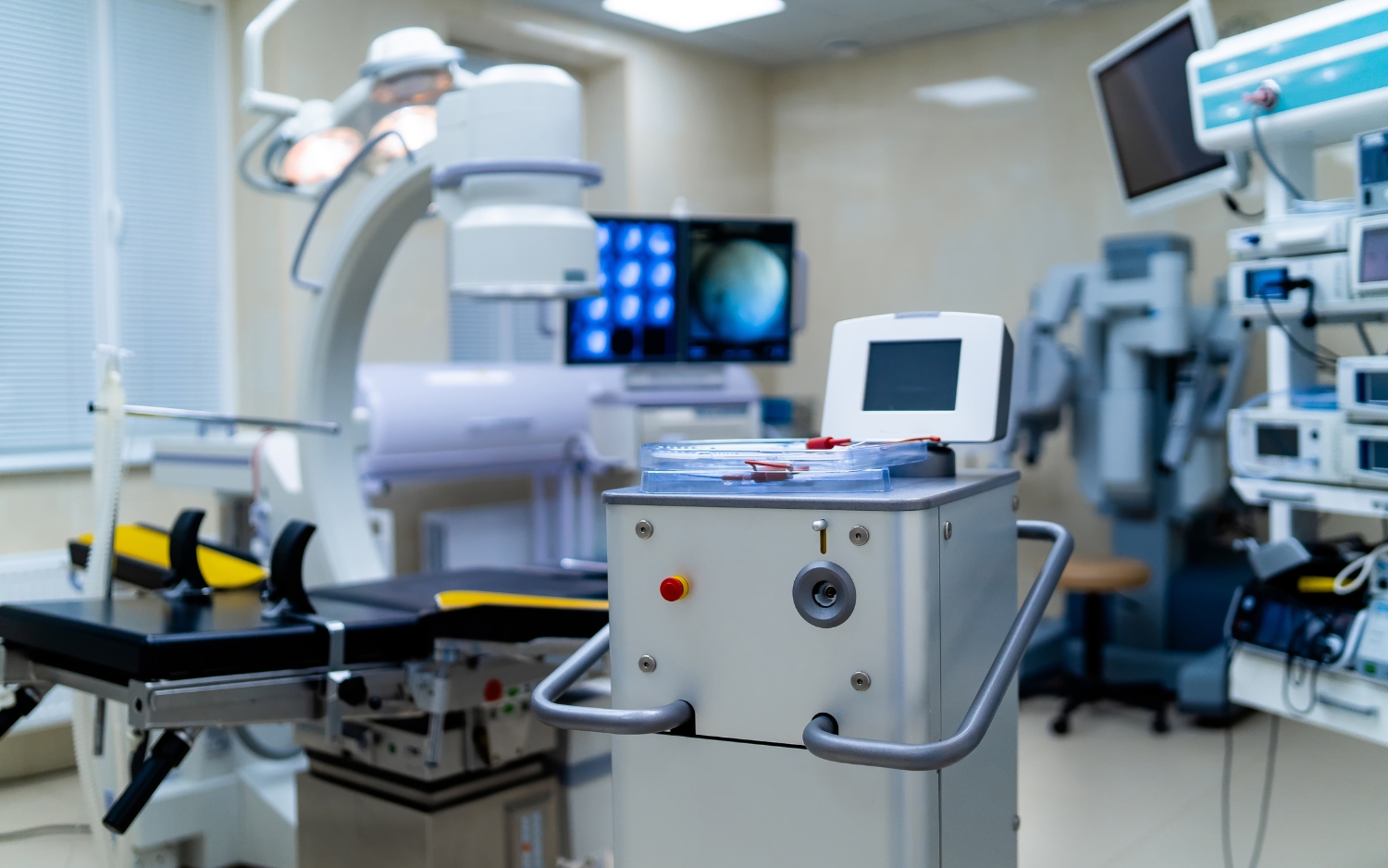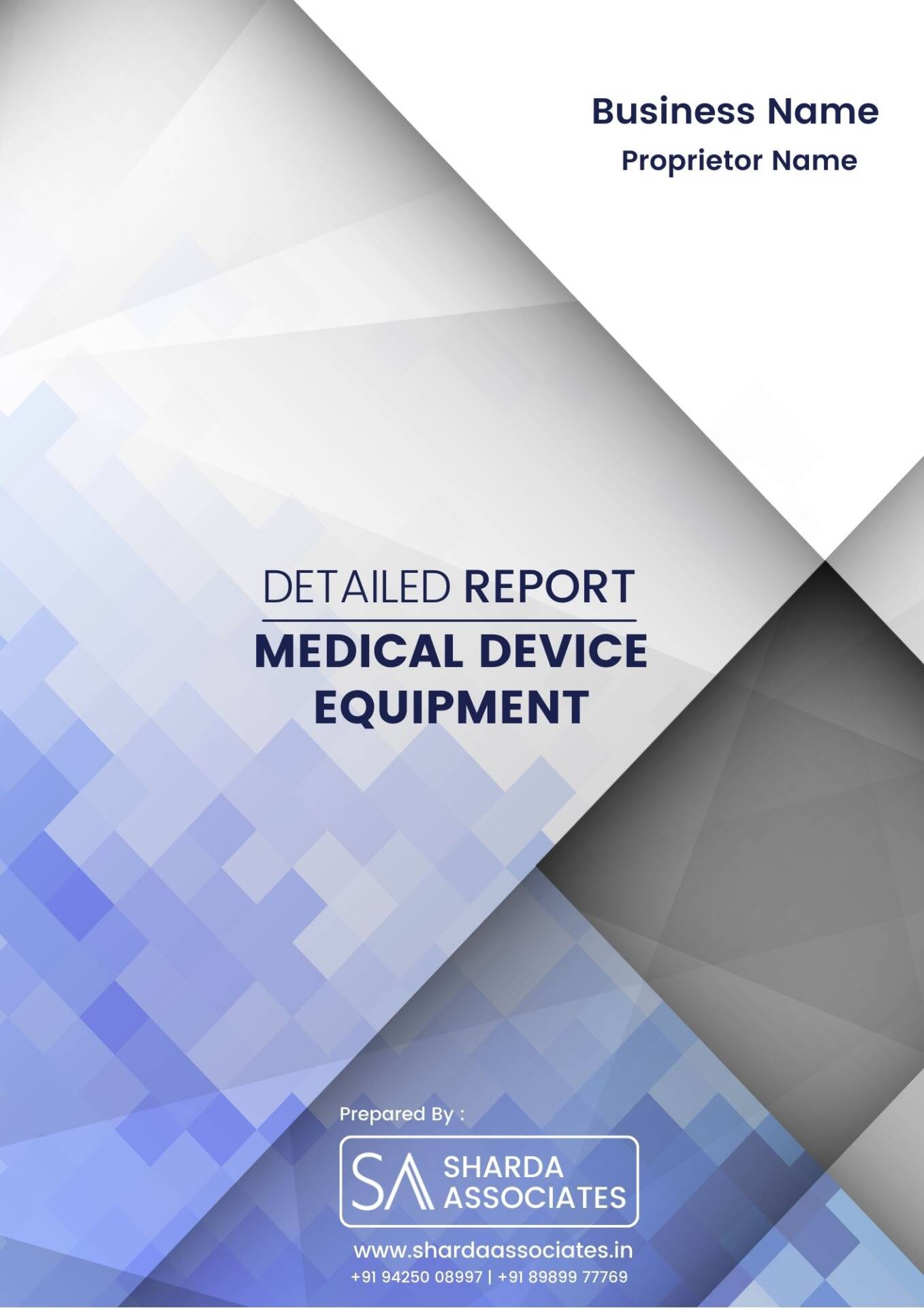Detailed Report On Medical Devices Manufacturing
Medical device equipment refers to instruments and apparatus used in healthcare settings for diagnosis, treatment, monitoring, and patient care. These devices play a critical role in modern medicine, improving healthcare outcomes.
Introduction
Detailed Report on Medical Devices Manufacturing is as follows.
Medical gadgets include items such as medical gloves, bandages, syringes, blood pressure monitors, and X-ray equipment. They differ from pharmaceuticals in that they either have a physical or mechanical impact on the body or are used to assess (or monitor) the body and its functions. While the purpose of these goods is to help you improve your health and well-being, it is critical to note that they may bring risks. Medical gadgets range in sophistication from very sophisticated computerized medical equipment to two tongue depressors. Similarly, medical devices are defined by the World Health Organization (WHO) as things whose principal mode of action is neither immunological, metabolic, or pharmacological in nature.

Medical device manufacturing involves all areas of medical device manufacture, from process development through scaling up to continuous process improvement. It also includes the sterilization and shipment of a device. The individual components of the medical gadget are made. This may comprise methods such as injection moulding, machining, extrusion, or casting, depending on the materials and complexity of the device.

The manufactured components are then assembled to make the finished medical device. This can be done manually or automatically, depending on the device’s complexity and manufacturing volume. Rigid quality control measures are used throughout the manufacturing process to ensure that the device meets all regulatory requirements and specifications. Processes for inspection, testing, and validation at various levels may be included. The gadget is packed and labeled in compliance with regulatory standards after sterilisation. Packaging materials are chosen to protect the product during storage and transit, and labeling provides critical information such as the product name, usage directions, and regulatory compliance marks.
Detailed Report Sample On Medical Devices Manufacturing



Market Potential Of Medical Devices Manufacturing
The worldwide medical devices market was anticipated to be USD 512.29 billion in 2022, with a 5.9% CAGR from USD 536.12 billion in 2023 to USD 799.67 billion by 2030.
The growing prevalence of chronic illnesses, along with increased focus on early detection and treatment by healthcare professionals, is contributing to an increase in the number of individuals having diagnostic and surgical procedures. Due to factors such as growing incidence of cardiovascular disorders, strategic initiatives by major market participants, and technological improvement in cardiology devices, the cardiology segment in the medical devices market is expected to grow considerably over the projected period.
Medical device sector growth is being accelerated by technological breakthroughs. By utilizing the most recent technological developments, medical device manufacturers have devised produced medical devices that are cost-effective, efficient, accurate, and can provide improved patient results. Digital health technologies such as m-Health apps, telemedicine, and wearable medical devices, for example, have resulted in various breakthroughs in healthcare delivery in recent years. People can obtain treatment from the comfort of their own homes by talking with healthcare practitioners using these developments, resulting in effective healthcare delivery at decreased healthcare costs. Increased investment in R&D by medical technology companies, as well as favorable circumstances supplied by regulatory authorities for approval, are expected to drive the medical devices market over the forecast period.
Contents of Project Report
A project report helps you identify whether a project is worth pursuing. It presents the holistic view and brings complete insight of the business and its activity.
It acts as a guide for all the business operations, aids in taking all financial decisions related to the existing businesses and to the start-ups. It serves as roadmap to the business and provides information to the outsider who are wanting to know more about the business.
You will have the opportunity to build new goals and expansion ideas in one single document. Everyone, from the banks to potential investors, will need to have a look at the project report before they shell out any money.
A well drafted project report generally consists details about:
- Brief History of the Business
- The Promoters
- SWOT Analysis
- Industry Outlook
- Past Financial Statements
- Projected Financial Statements
- Infrastructure and Human Resource required
- CMA data
- Business model
- Requirement of Working Capital Funds
- Means of Finance
Other relevant information, if any.
